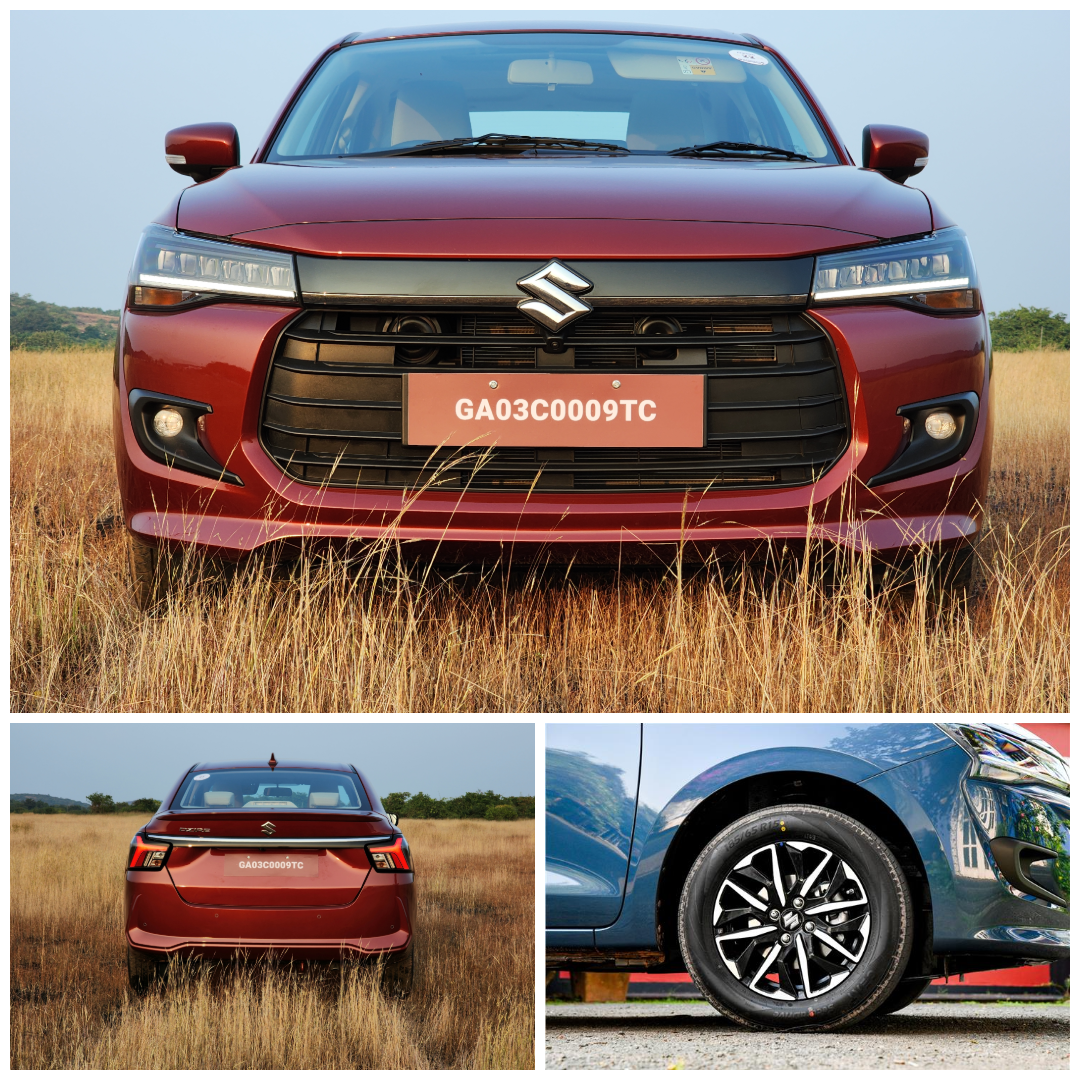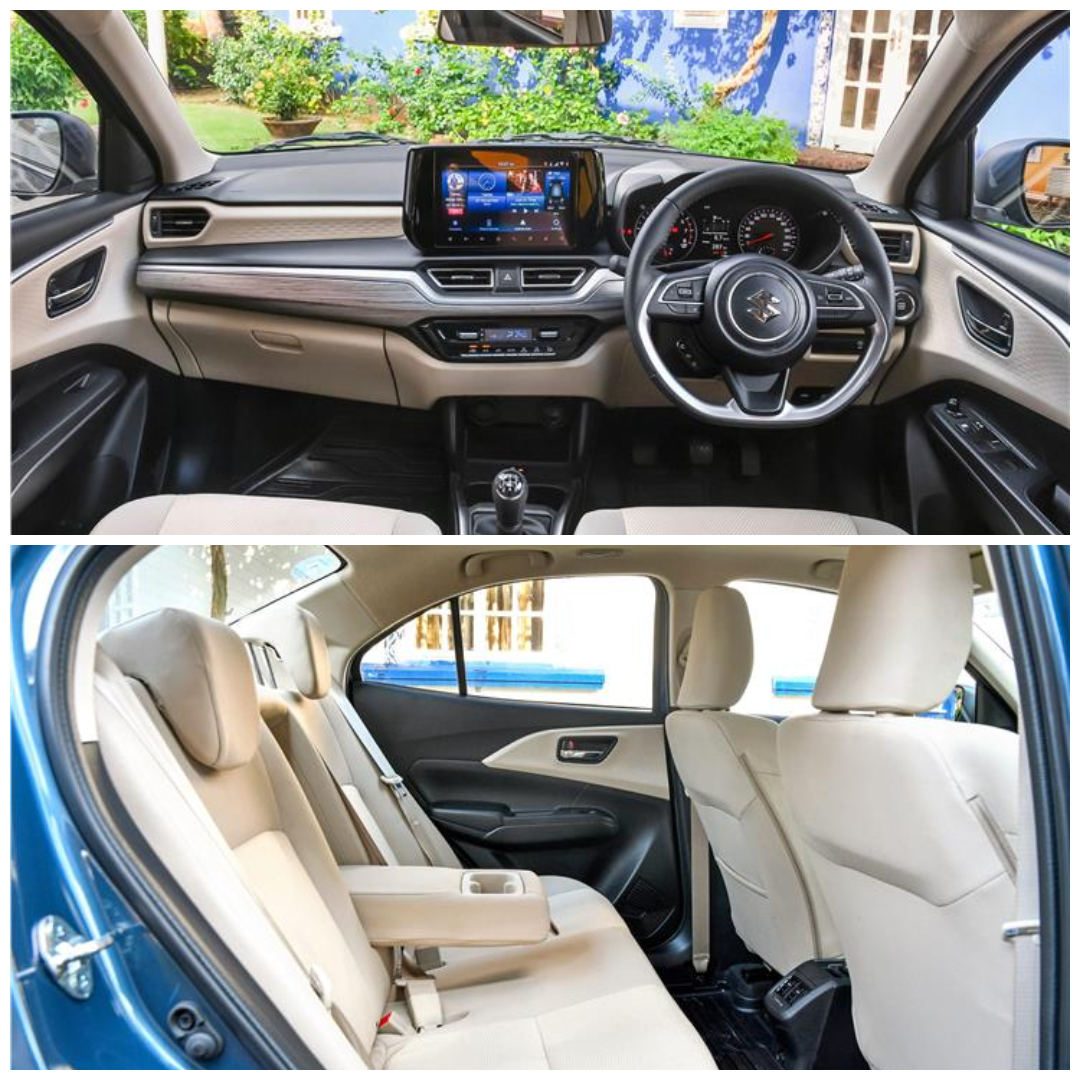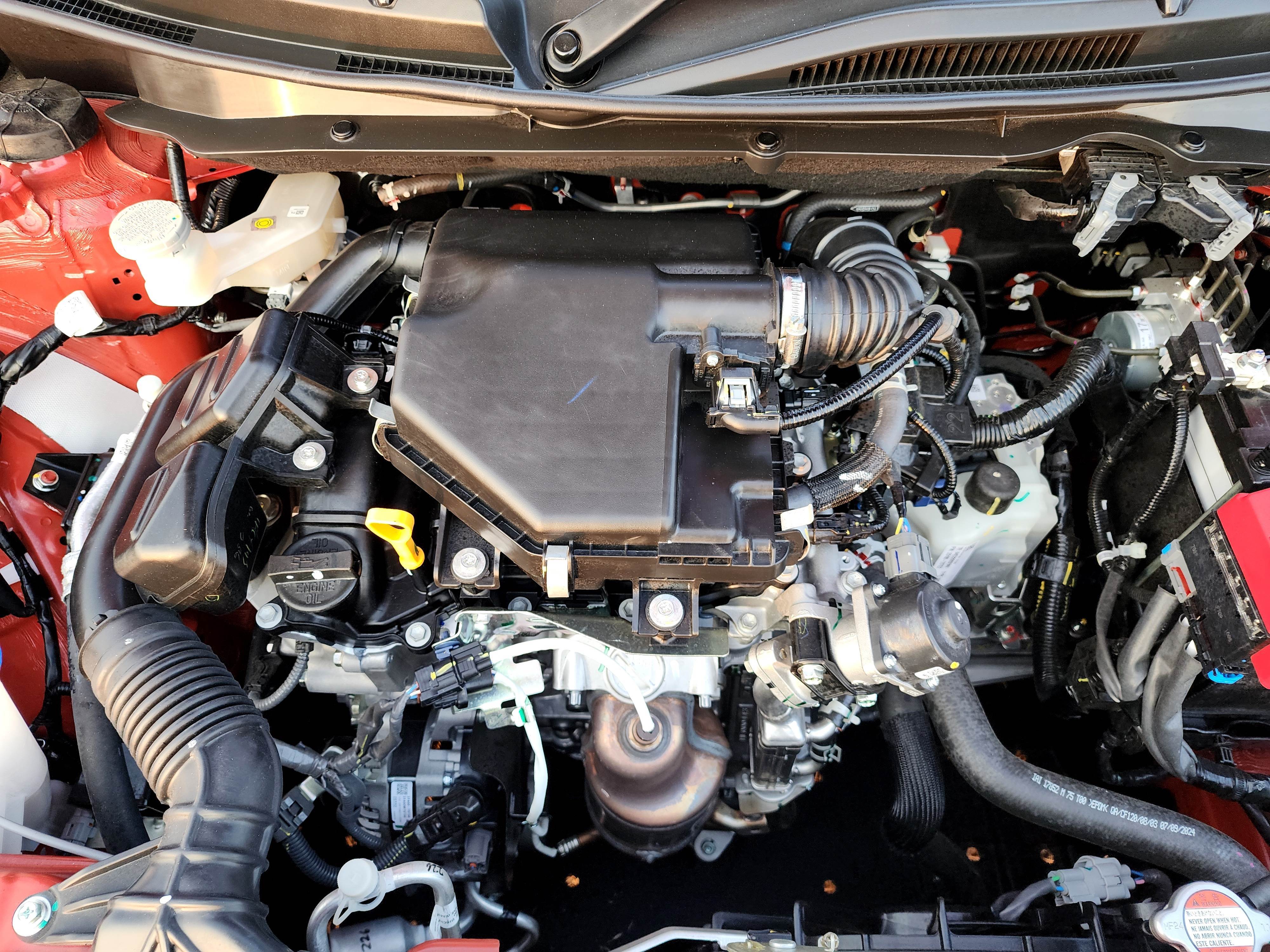Maruti Suzuki India (MSIL) has introduced the fourth-generation Dzire with introductory prices ranging from Rs 6.79 lakh to Rs 10.14 lakh, ex-showroom. While prices have increased to the tune of Rs 80,000 compared to the outgoing model, the company has enhanced the desirability quotient of the new Dzire by packing in more premium features and pitting the compact sedan against premium hatchbacks as well as entry-level compact SUVs.
The new Dzire is targeted at young customers in the 25-30-year age bracket and those who are looking to make a statement of their success with a car that resonates with their confident personalities. According to Partho Banerjee, Senior Executive Officer, Marketing and Sales, MSIL, “The customer demographics have changed and several new job titles have emerged over the last few years. There is a growing breed of young entrepreneurs as well as an increasing number of people now working in startups. Thus, people today with various recognitions in their respective fields, are looking for some markers of success.”
“Thus, we are targeting the new Dzire at customers in the 25-30 age group who want to be recognised for their success and are self-assured and confident. Such customers look at a style statement as a key marker of success, while also eyeing a product that is replete with modern technology and convenience features. Hence, a modern, sleek, and progressive-looking car were the top inputs for the design engineers of the fourth-generation Dzire,” he added.
The Dzire, which is based on Suzuki’s popular Swift hatchback registered cumulative sales of around 1.60 lakh units in the Indian market in FY24, and reigned the unique sub-four-metre compact-sedan segment in India with an over 60% market share. While there is a growing trend of SUVs, sedans continue to comprise about 8% of the total passenger vehicle (PV) market in the country, with compact sedans taking a major 70% share of this pie.
For Maruti Suzuki, sedans hold about 10% share of its overall volumes, and the new Dzire aims to maintain or strengthen that equation with a compelling product. According to the company, despite a significantly higher growth in SUVs compared to all other form factors, there is still need for being present in all sub-segments of the market. “First time car buyers transitioning from a two-wheeler cannot directly leapfrog to a mid-size SUV. Although the SUV trend is growing, even if SUVs settle around 60-62% market share, the remaining space will still require multiple body styles.”
“The Indian PV market is expected to touch 6-7 million units by FY2029-30, and with a 10% market share, sedans will still hold a sizeable chunk of our volumes. Therefore, as a leading OEM, we must be present across all segments and offer a variety of choices to our customers,” Banerjee highlighted.
Total transformation
While so far the sub-four-metre Dzire looked like a stretched, three-box version of the immensely successful Swift hatchback, MSIL has attempted to widen the differentiation between the two products, and eye a completely different target audience with the fourth-generation model.
“We wanted to cut the umbilical cord and position the Dzire completely differently as compared to the Swift. We wanted to differentiate the two products entirely. One must understand product segmentation and if we are unable to position a product properly, that is where the problems start to begin,” explained Banerjee.
As per MSIL’s research through a product clinic, the new Dzire scores high in terms of preference, likeability, and purchase intention among intenders of not just sedans, but also those of premium hatchbacks and compact SUVs. “Our target customers today are not looking for a cheap car, they are looking for strong value propositions that announce their success in life,” Banerjee added.

Picture credits: Mayank Dhingra & Autocar India
As a result, the new Dzire shows a strong departure from the outgoing car, in terms of its more upmarket styling with swept-back ‘crystalline LED headlamps’, connected by a sleek piano-black embellishment on the grille upfront. The hood is also slightly raised for an imposing front stance, while a subtle shoulder line runs all the way to the back, lending the side profile a clean and mature look.
New 15-inch gloss-finished alloy wheels, wraparound tail lamps with a prominent LED signature, as well as a lip spoiler on the boot lid add to the character of the new Dzire. Boot capacity also stands higher at 382 litres than its hatchback counterpart which offers 265 litres of storage capacity.

Picture credits: Autocar India
On the inside, the car gets a fresh interior with a completely new design for the dashboard that is similar in layout to that of the new Swift. However, Maruti Suzuki has chosen a dual-tone beige-and-black theme for the dashboard and door panels, which coupled with the beige seats, give an airier feel to the cabin compared to the Swift.
Standout features include a 9-inch touchscreen infotainment screen that also displays the feed of the 360-degree camera system, as well as a flat-bottom steering wheel which houses switches for the infotainment and cruise control. An automatic climate control system, six-speaker audio, and a brand-new sunroof, enhance the premium appeal of the cabin.
Maruti Suzuki has also upped the ante on safety, with the new Dzire being equipped with six airbags, ESC, and rear seat-belt reminders as standard. As a result, the car becomes the first Maruti Suzuki model to have aced the Global NCAP crash tests with a full five-star rating for adult occupant protection.
While the car continues to be built upon Suzuki’s Heartect platform that utilises high-tensile and advanced high-strength steel for a lightweight yet strong structure, the kerb weight of the new Dzire has increased by up to 40kg owing to the additional equipment like sunroof on board.
Efficient drivetrain
The fourth-generation Dzire comes powered by Suzuki’s brand-new Z12E 1.2-litre, three-cylinder engine that made its debut in the latest Swift. The engine marks a big transition from the outgoing K12 unit which was a four-cylinder mill and had proven its merit for refinement and power delivery with a 90hp output.

Picture credits: Mayank Dhingra
The Z12E, on the other hand, produces 82hp but focuses on in-city drivability with increased low-end torque. The engine comes mated to a slick-shifting 5-speed manual transmission or an AMT, which has been calibrated well to mask shifts for a smooth driving experience. The new Suzuki powertrain is focuses on minimising thermal losses, thus, improving the overall efficiency, which is being claimed at 24.79kpl for the manual transmission variants, and 25.71kpl for the AMT-equipped trims, thus, resulting in gains of up to 14 percent.
The new Dzire also sees significant improvement to its ride and handling with a well-tuned suspension that absorbs bumps and potholes with aplomb, while offering precise and confident maneuvering around corners even at high speeds. The well-contoured front seats offer adequate lower-back and thigh support, and the presence of a centre armrest increases the comfort levels at the back multi folds.
While the new Dzire has been launched in a petrol-only avatar, the company will soon introduce CNG-powered variants, which comprised about 33% of the sales of the previous generation Dzire. The new model will be exclusively reserved for personal buyers, while fleet operators will continue to get the third-generation-based fleet-only ‘Tour S’ version that offers CNG and a mandatory speed limiter.
The new Dzire goes up against the likes of the Hyundai Aura, Tata Tigor, and Honda Amaze, which is also set to witness a full model change with the third-generation model slated for introduction in the first week of December. With new product launches, the segment is likely to witness more energy and momentum in the coming months, with anticipation of sustained demand across rural and urban markets. For Maruti Suzuki India, the new Dzire is set to take its game forward with a robust offering that checks all the right boxes and promises an even wider appeal in its latest avatar.
